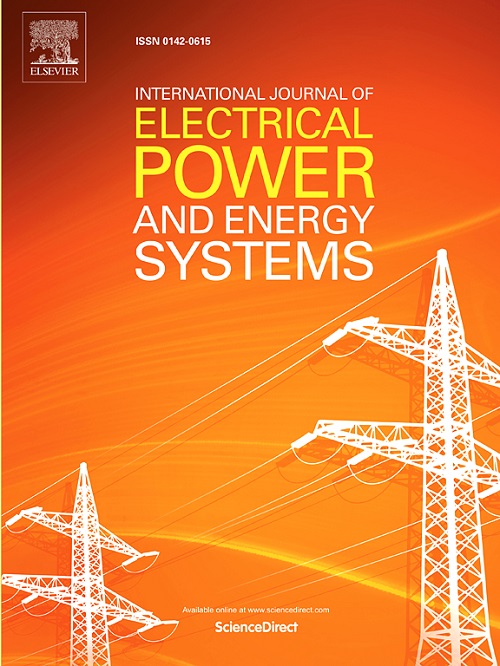Early wind turbine alarm prediction based on machine learning—Alarm Forecasting
IF 5
2区 工程技术
Q1 ENGINEERING, ELECTRICAL & ELECTRONIC
International Journal of Electrical Power & Energy Systems
Pub Date : 2025-09-11
DOI:10.1016/j.ijepes.2025.110980
引用次数: 0
Abstract
Alarm data is pivotal in curbing fault behavior in Wind Turbines (WTs) and forms the backbone for advanced predictive monitoring systems. Traditionally, research cohorts have been confined to utilizing alarm data solely as a diagnostic tool—merely indicative of unhealthy status. However, this study aims to offer a transformative leap towards preempting alarms, preventing alarms from triggering altogether, and consequently averting impending failures. Our proposed Alarm Forecasting and Classification (AFC) framework is designed on two successive modules: first, the regression module based on long short-term memory (LSTM) for time-series alarm forecasting, and thereafter, the classification module to implement alarm tagging on the forecasted alarm. This way, the entire alarm taxonomy can be forecasted reliably rather than a few specific alarms. 14 Senvion MM82 turbines with an operational period of 5 years are used as a case study; the results demonstrated 82%, 52%, and 41% accurate forecasts for 10, 20, and 30 min alarm forecasts, respectively. The results substantiate anticipating and averting alarms, which is significant in curbing alarm frequency and enhancing operational efficiency through proactive intervention.
基于机器学习报警预测的早期风力发电机组报警预测
报警数据是控制风力涡轮机故障行为的关键,也是先进预测监测系统的基础。传统上,研究队列仅限于将报警数据仅作为诊断工具-仅指示不健康状态。然而,这项研究旨在提供一个变革性的飞跃,以先发制人的警报,防止警报触发,从而避免即将发生的故障。我们提出的报警预测与分类(AFC)框架是在两个连续的模块上设计的:首先是基于长短期记忆(LSTM)的回归模块,用于时间序列报警预测,然后是分类模块,用于对预测的报警进行报警标注。通过这种方式,可以可靠地预测整个警报分类,而不是几个特定的警报。以运行期为5年的14台Senvion MM82涡轮机为例进行研究;结果表明,10分钟、20分钟和30分钟的警报预测准确率分别为82%、52%和41%。研究结果证实了预警和避警的有效性,通过主动干预控制报警频率和提高运行效率具有重要意义。
本文章由计算机程序翻译,如有差异,请以英文原文为准。
求助全文
约1分钟内获得全文
求助全文
来源期刊
CiteScore
12.10
自引率
17.30%
发文量
1022
审稿时长
51 days
期刊介绍:
The journal covers theoretical developments in electrical power and energy systems and their applications. The coverage embraces: generation and network planning; reliability; long and short term operation; expert systems; neural networks; object oriented systems; system control centres; database and information systems; stock and parameter estimation; system security and adequacy; network theory, modelling and computation; small and large system dynamics; dynamic model identification; on-line control including load and switching control; protection; distribution systems; energy economics; impact of non-conventional systems; and man-machine interfaces.
As well as original research papers, the journal publishes short contributions, book reviews and conference reports. All papers are peer-reviewed by at least two referees.

 求助内容:
求助内容: 应助结果提醒方式:
应助结果提醒方式:


